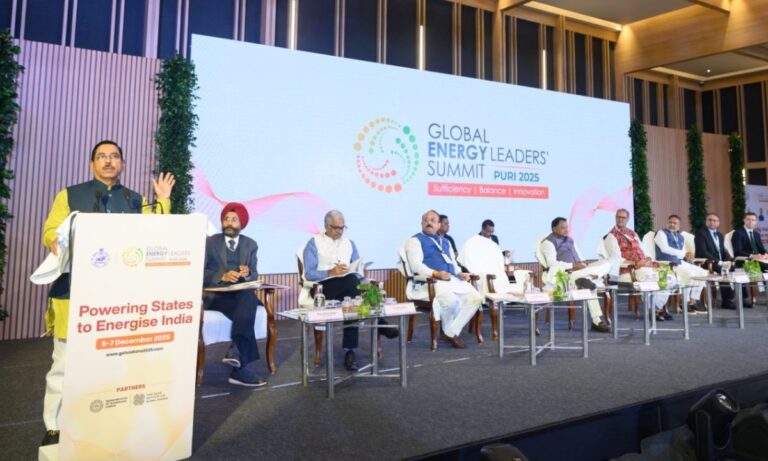
The Reserve Bank of India (RBI) has commenced its three-day Monetary Policy Committee (MPC) meeting today, scheduled to conclude on Wednesday, April 9. The meeting, being held in Mumbai, is expected to result in key decisions regarding the country’s policy rates. RBI Governor Sanjay Malhotra is slated to announce the policy outcomes, including any revision in the repo rate, on April 9 at 10 AM.
In its previous policy announcement on February 7, the MPC unanimously voted to lower the policy repo rate by 25 basis points (bps), bringing it down from 6.5% to 6.25%. This marked the beginning of the current easing cycle, aimed at supporting economic growth amid signs of a slowdown.
<script async src="https://pagead2.googlesyndication.com/pagead/js/adsbygoogle.js?client=ca-pub-5359340001576900"
crossorigin="anonymous"></script>
<ins class="adsbygoogle"
style="display:block; text-align:center;"
data-ad-layout="in-article"
data-ad-format="fluid"
data-ad-client="ca-pub-5359340001576900"
data-ad-slot="1162580412"></ins>
<script>
(adsbygoogle = window.adsbygoogle || []).push({});
</script>
Market participants and economists are now closely watching the April policy for a possible continuation of rate cuts. A recent report by the State Bank of India (SBI) projects another 25 bps reduction this month, in line with the February move. The report further anticipates a cumulative cut of at least 100 bps through the ongoing easing cycle, suggesting that after a pause in June, more cuts may follow starting August.
However, the SBI report also flagged potential risks to deposit mobilization for banks. It highlighted concerns that falling returns on savings and a shift toward a Just-In-Time (JIT) financing model could strain banks’ ability to gather low-cost and stable deposits.
“A 25-bps cut in the April policy seems likely,” the report stated, adding that deposit challenges could worsen as real returns for savers diminish during the rate-cut cycle.
The upcoming decision has stirred debate among economists. Debopam Chaudhuri, Chief Economist at the Piramal Group, argued for a more aggressive easing, calling for a 50 bps reduction. He pointed to rising borrowing costs and sluggish credit growth as key contributors to the economic slowdown seen in the latter half of FY25. Chaudhuri believes that softening inflation, manageable banking liquidity, and a strengthening rupee create favorable conditions for a deeper rate cut.
“Given the current macroeconomic landscape, a 50 bps cut would be a timely move, though it remains uncertain whether the RBI will take such a step,” Chaudhuri noted.
On the other hand, Sonal Badhan, Economics Specialist at Bank of Baroda, expects the central bank to proceed cautiously. She forecasts a 25 bps cut in April and predicts a total of 75 bps worth of cuts through the cycle. Badhan emphasized that while interest rates play a role in capital flows, other factors such as geopolitical developments and trade trends also influence investor sentiment.
“With India’s strong domestic fundamentals, we anticipate capital inflows to improve, and hence expect the RBI to continue with a measured rate-cutting approach,” Badhan said.
As anticipation builds ahead of the April 9 announcement, all eyes remain on how the RBI will navigate the delicate balance between supporting growth and maintaining financial stability.






